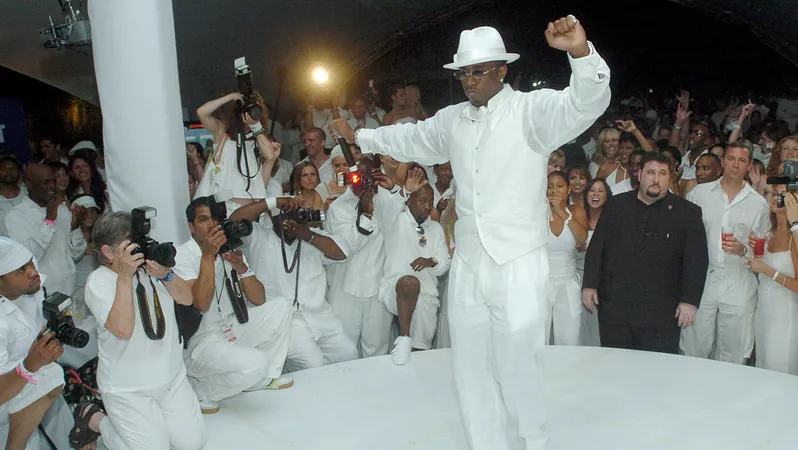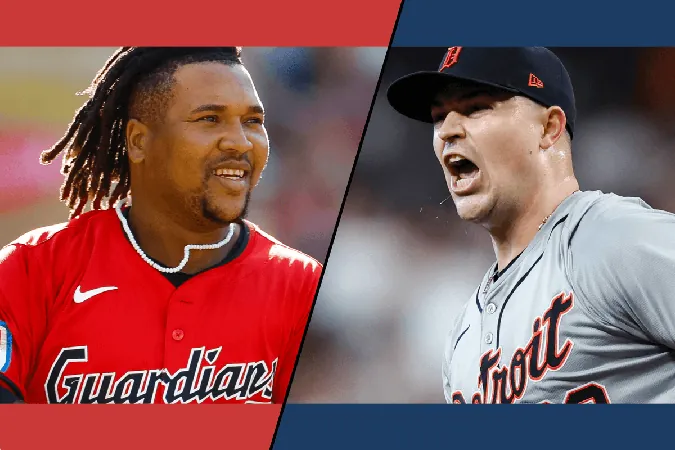
The Rise and Fall of Diddy Parties: From Coveted Gatherings to Controversy
2024-10-04
Once upon a time, a party hosted by Sean Combs, better known as Puff Daddy or simply Diddy, was the ultimate invitation to have. Picture this: a pulsating downtown Manhattan club packed with A-list celebrities and aspiring stars alike, all aiming to catch a glimpse of the iconic rapper and entrepreneur. These exclusive soirées were filled with artists, fashion moguls, athletes, and media powerhouses, all clinking glasses of Cristal while being entertained by the hottest DJ spinning tracks into the early hours of the morning.
But that glitzy atmosphere came crashing down as the rampant party culture created by Diddy fell under intense scrutiny. At one memorable event in 2001, the fire marshal threatened to shut down the festivities due to overcrowding, while Diddy charmingly pleaded for the party to continue, surging the atmosphere with a touch of humor and showmanship.
Fast forward to today, and Diddy is now grappling with serious legal issues that have overshadowed his legacy. Charged with sex trafficking, racketeering, and other heinous crimes, he currently resides in solitary confinement in a Brooklyn detention center—miles from where he once hosted unforgettable parties that transformed urban nightlife.
Reflecting on those once legendary gatherings reveals the sheer impact Diddy had on the hip-hop scene. During the early 2000s, he wasn't just a party host; he was a cultural juggernaut, shaping fashion and music trends. The influence of hip-hop was undeniable, with each party acting as an incubator for creativity—setting fashion standards that soon found themselves on designer runways and influencing record labels to strategize around album releases with the buzz generated by these events.
Diddy’s parties were characterized by their opulence and exclusivity, where any sign of inadequacy in attire could lead to being turned away at the door. Guests were expected to flaunt the latest from luxury brands like Gucci and Louis Vuitton, particularly at his famous White Parties in the Hamptons, which set a new bar for urban celebrations. These events were so extravagant that they averaged around a million dollars, complete with lavish displays of food, themed decor, and celebrity DJs.
However, beneath the glamour and spectacle lay a darker narrative. Diddy’s brand of fame intertwined with a troubling atmosphere, often marked by hypermasculinity and the misogyny pervasive in certain sectors of the entertainment industry. The earlier carefree nature of his parties began to shift, creating an environment that could no longer be seen as safe, especially for women.
As allegations against Diddy surface, drawing parallels between the orchestrated extravagance of his parties and the rumored control he exerted over various situations, it’s impossible not to reflect on the transformation within urban party culture. The vibrancy and excitement once found in his soirées have dissipated, replaced by events hosted by other notable figures that emphasize diversity and inclusivity, such as Michael Rubin’s Hamptons White Party.
In looking at Diddy’s rise and the subsequent fall from grace, we witness a cautionary tale. What was once a beacon of creativity and excess in the nightlife domain is now tainted by accusations and scandals. While urban party culture continues to evolve, the legacy of Diddy’s parties—both good and bad—remains a significant chapter in the annals of pop culture history.
As we advance, one can't help but ponder: Can the magic of such vibrant gatherings ever truly return, or has Diddy’s descent into controversy irreparably changed the landscape of celebrity parties? The answer may lie in how the industry learns from the past while striving to cultivate a future rooted in respect and genuine celebration.



 Brasil (PT)
Brasil (PT)
 Canada (EN)
Canada (EN)
 Chile (ES)
Chile (ES)
 España (ES)
España (ES)
 France (FR)
France (FR)
 Hong Kong (EN)
Hong Kong (EN)
 Italia (IT)
Italia (IT)
 日本 (JA)
日本 (JA)
 Magyarország (HU)
Magyarország (HU)
 Norge (NO)
Norge (NO)
 Polska (PL)
Polska (PL)
 Schweiz (DE)
Schweiz (DE)
 Singapore (EN)
Singapore (EN)
 Sverige (SV)
Sverige (SV)
 Suomi (FI)
Suomi (FI)
 Türkiye (TR)
Türkiye (TR)